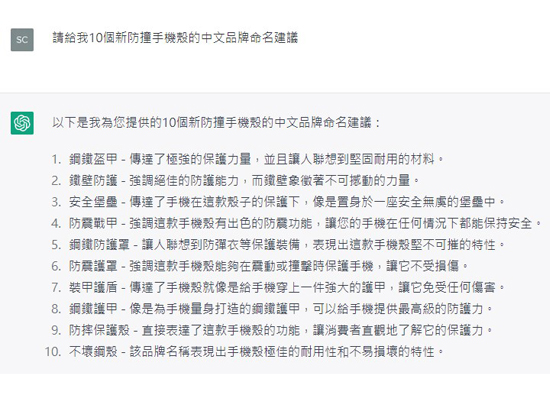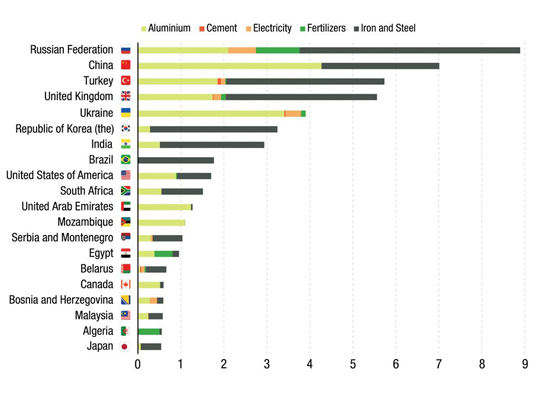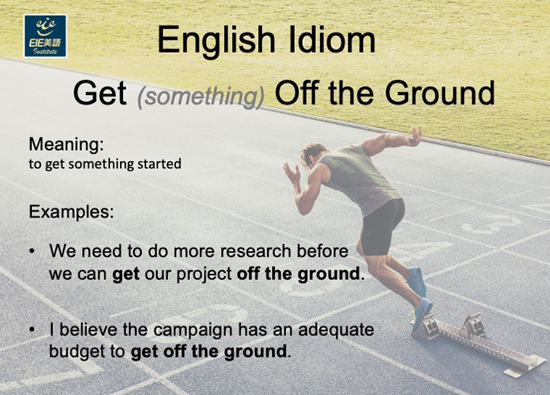04.2023 Office Talk
AI Wave Arrives, New Generation Intelligent Helper ChatGPT Rises
Group Integrated Efficiency and Retail Planning Headquarters / Provided


.jpg) The AI chat robot ChatGPT has sparked a global trend, attracting 100 million people to register in just two months, becoming the fastest application with over a billion users. Even TicTok, beloved by young people around the world, took nine months to achieve this goal that year. What exactly is ChatGPT? What is the charm? What does it have to do with our work and career? This article briefly explores the development and application of ChatGPT's proposed architecture.
The AI chat robot ChatGPT has sparked a global trend, attracting 100 million people to register in just two months, becoming the fastest application with over a billion users. Even TicTok, beloved by young people around the world, took nine months to achieve this goal that year. What exactly is ChatGPT? What is the charm? What does it have to do with our work and career? This article briefly explores the development and application of ChatGPT's proposed architecture.ChatGPT is a "conversational text generation artificial intelligence robot" developed by Open AI, an artificial intelligence company in the United States. GPT stands for "Generative Pre training Transformer", which means it is a pre trained transformer with deep learning ability. Through the feeding of massive data, it can learn about astronomy, geography, and natural language. Therefore, when humans ask questions through chat, ChatGPT can immediately respond naturally and fluently, regardless of emotional distress, travel itinerary, recipe, inspiration search, etc. It can write the answers word for word on the screen for any diverse question, attracting countless followers in the short term.
Learning and Training of ChatGPT
ChatGPT is trained through a large number of literature and techniques such as the 'Auto Regression Language Model', which can predict the probability of the next word and further generate a complete sentence based on this probability. For example, during the learning process, when the model sees the word 'you', it is highly likely to answer 'good', so it learns that 'hello' is a word, and after 'hello', it is possible to answer 'do' or 'great'. Through this approach, the model gradually learns about the grammar structure, vocabulary usage, and contextual relationships of natural languages.
During the training process, ChatGPT absorbed a large collection of literature materials, such as Wikipedia, news articles, novels, and social media posts, covering various themes and literary styles, and learning rich language knowledge. In addition, it also uses the technology of "unsupervised learning" to learn on its own without manually labeled training data.
After extensive pre training of ChatGPT, AI trainers fine-tune it based on feedback from their learning outcomes, helping the model better understand language usage and contextual relationships in application scenarios. Therefore, through "pre training" and "fine-tuning", ChatGPT has become a powerful natural language processing tool, drawing a clear line with the voice assistants on the market.
The application scope of ChatGPT
The following are just a few common application areas, and ChatGPT will have greater potential over time in the future.
1. Life Assistant: Modern people tend to search for information on Google, but in the future, they may switch to directly asking ChatGPT because it allows for natural dialogue and provides answers directly, without the need to click on each link to read. For example, when a request is made to plan a five day and four night trip to Bali, a list of itinerary suggestions immediately appears on the screen. If you are not satisfied, you can adjust it again.
2. Creative Inspiration: ChatGPT can write poetry, lyrics, and generate various articles, so whether it's an art creator or a company's creative staff, they can throw a few words to inspire you when creativity dries up. For example, ask ChatGPT to "name a new product" or "design a loud advertising slogan".
3. Translation: Similar to Google Translate, as long as the article you want to translate is posted, ChatGPT immediately provides the translated content, and even proposes the concept you want to translate. Please present it in the specified language. For example, "Using Spanish to explain the origin of the Chinese New Year" can lead to an article introducing the origin of the Chinese New Year in Spanish.
4. Programming: Similar to the usage of translation, by proposing requirements and specifying the programming language to be used, the code can be automatically generated. ChatGPT will also explain why it is written like this.
5. Article Summary or Generation: Modern people who are busy with work and need to absorb a lot of information often do not have enough time to read a long article. ChatGPT can help summarize the key points of the content. In addition, an article can also be generated from scratch, starting with the architecture planning provided by ChatGPT.
6. Email writing: It is circulating on the internet that when users discover the powerful functionality of ChatGPT, they deeply feel that they will be replaced, so they asked it to help write a resignation letter. Due to ChatGPT's understanding of the email format, it is able to communicate resignations rationally and has even stronger expressive abilities than some humans.
Advantages and disadvantages of using Chat GPT in work
1. Advantages:
Save time: In the past, writing programs and copywriting required thinking and seeking inspiration, sometimes even having a cup of coffee or smoking a cigarette to complete. Nowadays, programs and copywriting can be obtained with just one click, and humans only need to check and adjust, saving a lot of time.
Save manpower: As the generated articles are naturally smooth, customer service can be provided through dialogue. In addition, in the past, when creative workers were brainstorming, they would gather group members in a conference room for a long time to generate several inspirations or directions. Now, with just one person and ChatGPT, it's like having a team.
2. Disadvantages:
Huge computing resources required: Due to the large amount of computing resources required for training in ChatGPT, the training and deployment costs of the model are high.
Models are susceptible to bias: the training data of the model is created by humans, which can contain biased and discriminatory information.
The performance is still mediocre: Although ChatGPT performs well in natural language generation, it still cannot understand the influence of human perception, so the text is mostly medium in expression and cannot reach the level of touching people's hearts.
Will AI replace or assist humans? This type of discussion became increasingly lively after ChatGPT was launched. However, if workers can maintain a mindset of excellence and save a lot of time through AI to strengthen their own value, it should not be replaced. After all, the true strength of AI technology is to assist in creativity, conceptualization, and trivial tasks, and the work output is of medium quality. There are still difficulties in achieving excellence; On the contrary, if one only seeks to complete tasks and is not accustomed to deep thinking, regardless of whether there is AI or not, they will face the fate of being eliminated.
According to a research report by PwC, global GDP may increase by 14% in 2030 due to AI, with retail, financial services, and health care becoming the main beneficiary industries. Artificial intelligence can improve productivity, product quality, and consumption amount. With the rapid development of technology, digital applications are constantly changing, keeping up with trends, making good use of technology and artificial intelligence to collaborate and unleash their core values, which will be the key to influencing the future competitiveness of the workplace and enterprises.
#


















